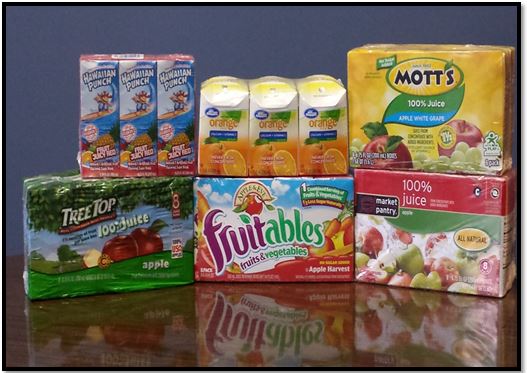 Aseptic packaging is the final step in aseptic food processing, in which food products are continuously sterilized, ensuring that no microorganisms—which cause either food decay and/or food poisoning—are present. According to the US Aseptic Packaging Council, the aseptic packaging system achieves the room-temperature shelf stability by filling a sterilised package with a sterilised food product within the confines a hygienic environment.
Aseptic packaging is the final step in aseptic food processing, in which food products are continuously sterilized, ensuring that no microorganisms—which cause either food decay and/or food poisoning—are present. According to the US Aseptic Packaging Council, the aseptic packaging system achieves the room-temperature shelf stability by filling a sterilised package with a sterilised food product within the confines a hygienic environment.
The purpose of aseptic packaging is to produce a food item that can be stored without refrigeration for periods of six months or more, while maintaining chemical and sensory properties. Aseptic packages have numerous environmental and economical advantages, which compares to other packaging systems that use preservatives and/or refrigeration to achieve a long shelf life for food products.
In the aseptic packaging process, the food product is generally sterilised using ultra-heat treatment, where the food or drink is heated to a very high temperature, then cooled very quickly. The speed of this process allows a more natural texture, color and flavor to be retained. The package is also sterilized, followed by the assembling of the final product in the package in a sterile environment.
ADVANTAGES AND DISADVANTAGES
The advantages of aseptic packaging are:
- convenience – it is portable and light
- food safety – the process ensures that the food is safe from harmful bacteria
- no refrigeration is required – which saves energy in the transportation and storage of the food product
- less energy is required – less energy to heat and sterilise the product and the container
- protection of nutritional content – the food product contains more nutrients due to less heat damage; preservatives do not need to be added
- low packaging to product ratio – there is more than 90% food product to 10% package
- storage efficiency – brick shapes are easier to pack in bulk than cans or jars
The disadvantages of aseptic packaging are:
- recycling in Australia is difficult, though other countries reuse aseptic carton packaging for paper towels, tissues and writing paper
- production costs – due to a more complicated system, production costs increase, resulting in increased costs for the consumer
————————————————————————————————————————————-
Author: Syed Mudabbar Hussain Shah
The Author is final year student of B.Sc (Hons.) in Food Engineering, Department of Food Engineering
University of Agriculture, Faisalabad
Email:[email protected]









